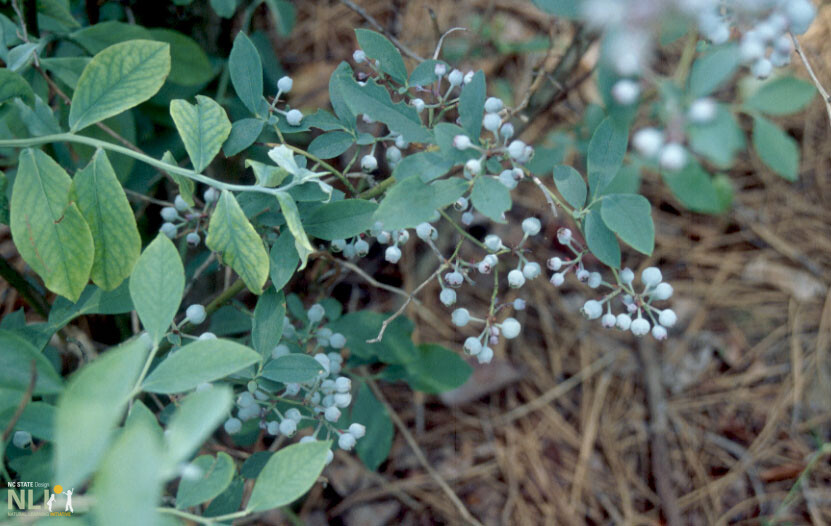Eating and Sharing
A focus on healthy eating can include the idea that all living creatures need food to survive. Healthy foods, such as fruits and vegetables, are eaten–not just by humans– but by many other living creatures, as well. Sharing peels and cores from fresh fruit with other animals fosters a conservation attitude and a sense of empathy.
Setting:
Outdoor snack area
Focus:
Healthy Eating, Conservation and Empathy
Curricular Areas:
- Health and physical development (healthy eating)
- Emotional and social development (developing empathy for living things)
- Language development (foundations for reading)
Suggestions:
- Help children prepare a plate of fruit for snack.
- Place peelings and cores on a separate tray or another shallow container. Explain that this will be the snack tray for other creatures living nearby. Invite ideas about which creatures might eat from this tray (birds, rabbits, squirrels, insects, etc.).
- Place the tray on the ground or flat rock so that it will be accessible to the animals and away from the busy area where children play. If possible, place the tray in a spot where it can be viewed from the classroom window. Check periodically to see if animals are eating the food.
- As children enjoy their own snack, talk about the many things we eat that are also enjoyed by animals (seeds, grains, berries, etc.).
- Share the book, Blueberries for Sal by Robert McCloskey, with the children. Invite children to role-play this story or make up their own story about people and animals eating the same kind of food.
Engaging Parents:
- Have children draw a picture about the story, Blueberries for Sal, or a story they created. Have them share their picture and story with their parents.
Materials & Tools
- One or more varieties of fruit (preferably with some fruit grown on site)
- Tray or other shallow container
- Paring knife (for teacher’s use)
- Serving plates
- Blueberries for Sal by Robert McCloskey


